Sterlitech would like to notify our customers that SG flat sheet membranes from SUEZ (GE Osmonics) are being discontinued by the manufacturer. Limited quantities of SG flat sheet membranes in various sizes are currently available.
Product: SG
Manufacturer: SUEZ (GE Osmonics)
Type: Chlorine Resistant
pH Range: 1-11
MWCO: N/A
Polymer: TFC
Our complete selection of membranes for reverse osmosis can be viewed on the flat sheet membrane page.
For more information about available RO membranes, or if you would like product selection assistance for your specific application, please contact us at 1-877-544-4420 or [email protected].


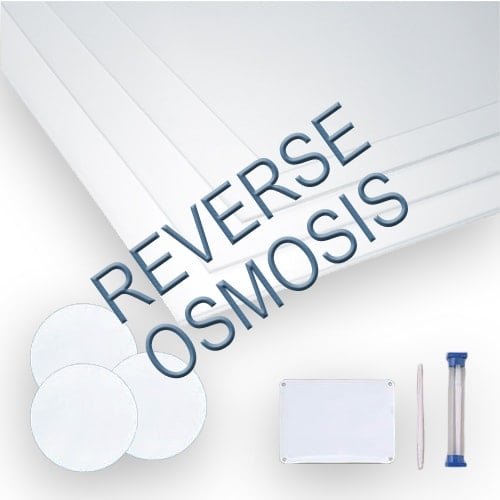
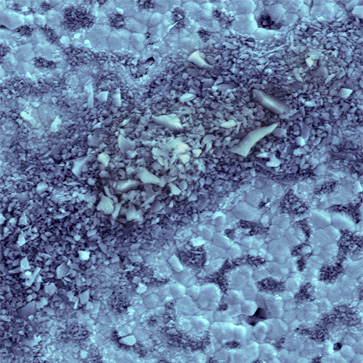
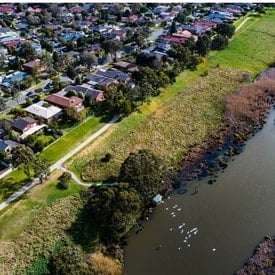

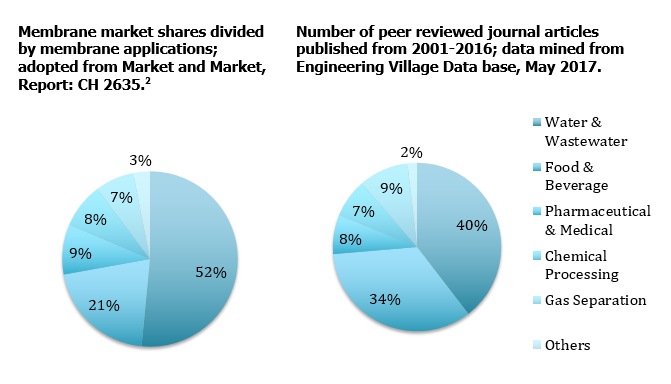
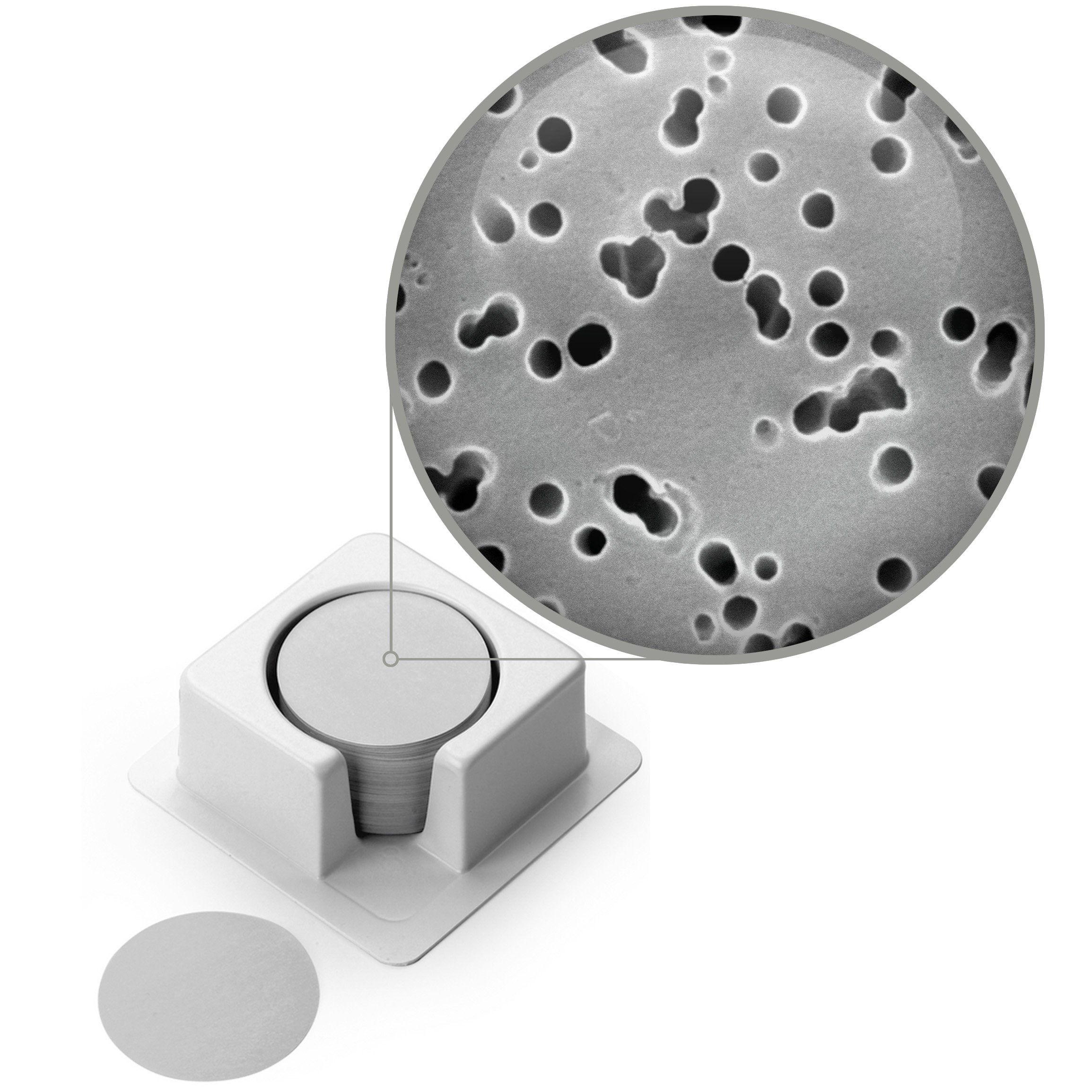
![Join Sterlitech at BIO 2024 [Booth #5558]: Exploring the Future of Biotechnology](https://www.sterlitech.com/media/magefan_blog/b4.jpeg)

